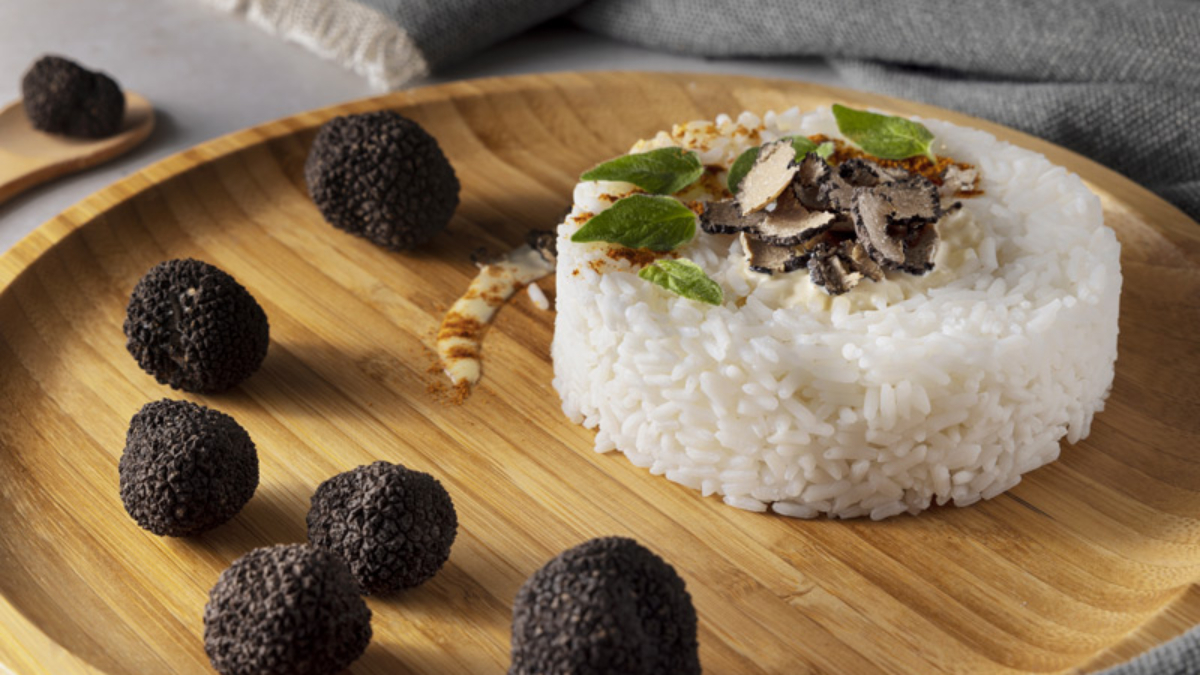1. May help maintain a healthy weight
Brown rice contains fibre and protein, both known to have a satiating effect and contributing to a lower glycaemic index (GI) than that of white rice. This means the carbs supplied by a portion of brown rice are converted to energy more steadily. For this reason, opting for brown rice over white helps reduce blood glucose and fasting insulin levels. All of which stabilises energy levels, prevents cravings and may help with weight management.
The picture with white rice is less clear, with some studies suggesting an increase in weight gain and in particular belly fat, whilst other studies show no connection. However, it is thought that a substantial serving of white rice, eaten on a regular basis, may lead to elevations in blood sugar levels, which over time may increase your risk of metabolic syndrome, including weight gain.
2. Brown rice protects against chronic disease
Brown rice retains the bran layer and as such contains protective compounds called flavonoids, examples of these include apigenin and quercetin. These compounds play an important role in protecting against disease. Numerous studies suggest including wholegrains, like brown rice, in the diet is linked to a reduced risk of conditions like heart disease, some cancers including pancreatic and gastric cancers as well as type 2 diabetes.
3. White rice supports energy and restores glycogen levels after exercise
Athletes, often opt for white rice as a preferred source of energy, especially when refuelling after exercise. This is because refined carbs, like white rice, are a source of quick, easily accessible carbohydrate which is needed to replenish muscle glycogen after physical exertion.
4. White rice is easy on the digestive system
White rice is easily digested, low in fibre and when cooked and served correctly is unlikely to cause gastric upset. It may be a useful inclusion for those who suffer from heartburn or nausea as well as during the flare-ups associated with conditions like diverticulitis and Crohn’s disease.
5. It’s a gluten-free grain
Being naturally gluten free, rice is a valuable option for those with coeliac disease or non-coeliac gluten sensitivity. The brown, wholegrain variety is especially useful because it supplies insoluble fibre, which promotes digestive function and ‘fuels’ the beneficial gut bacteria which are so important for health.
Is rice safe for everyone?
Rice is an important dietary staple however, reports have linked it with arsenic contamination, high levels of which, over a consistent period, have been linked with an increased risk of heart disease and cancer. The accumulation of arsenic tends to be greatest in the bran part of the grain, which means wholegrain rice may potentially have higher amounts of this heavy metal contaminant than white rice.


